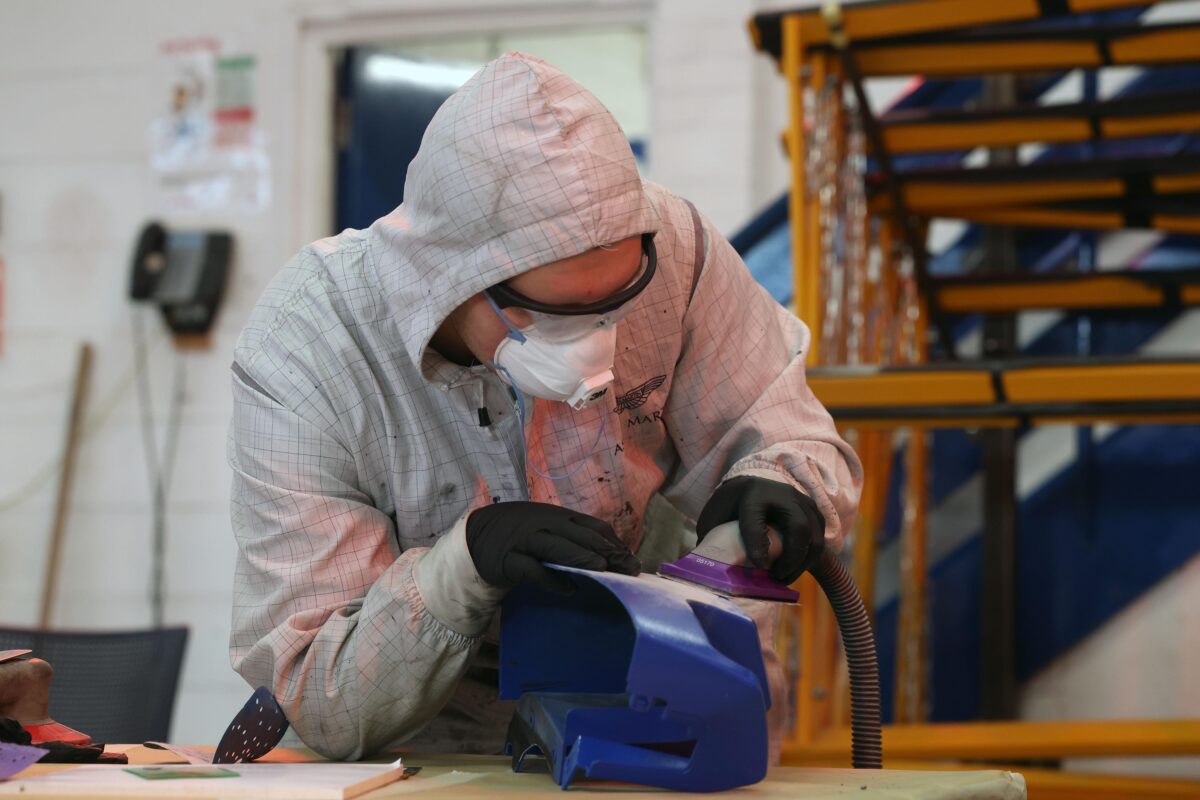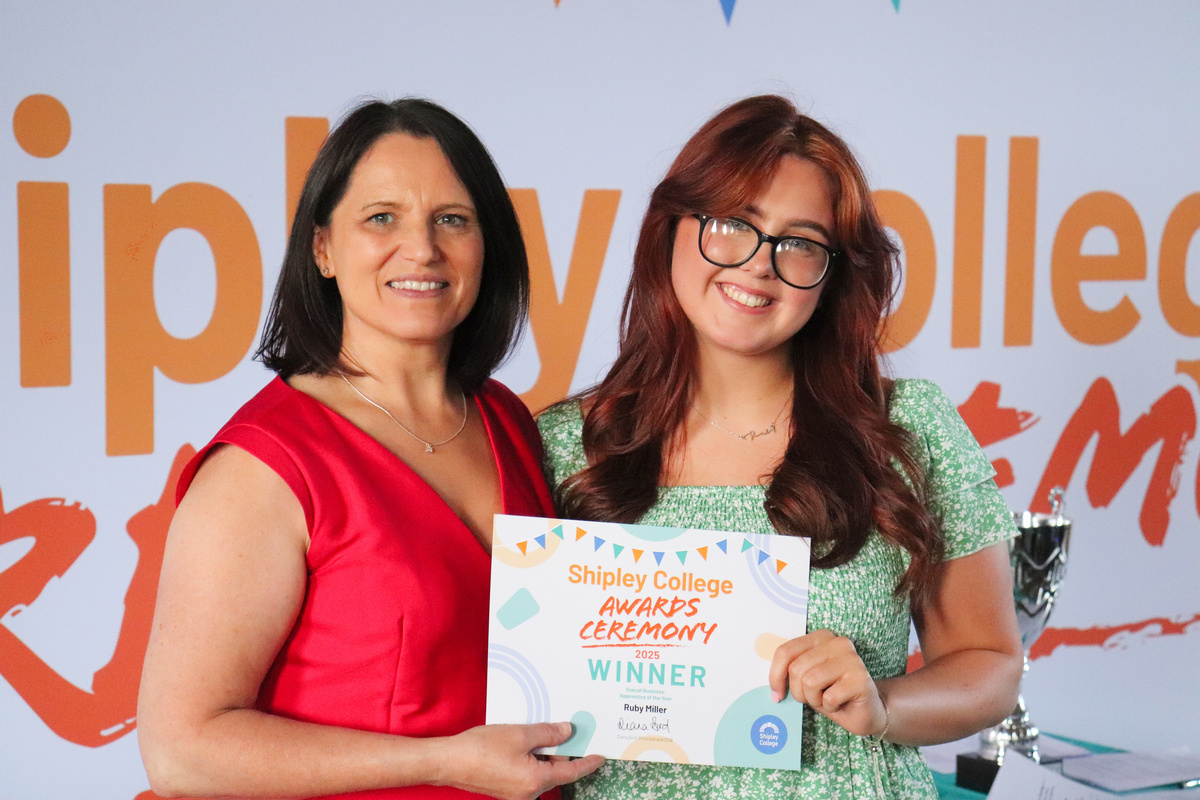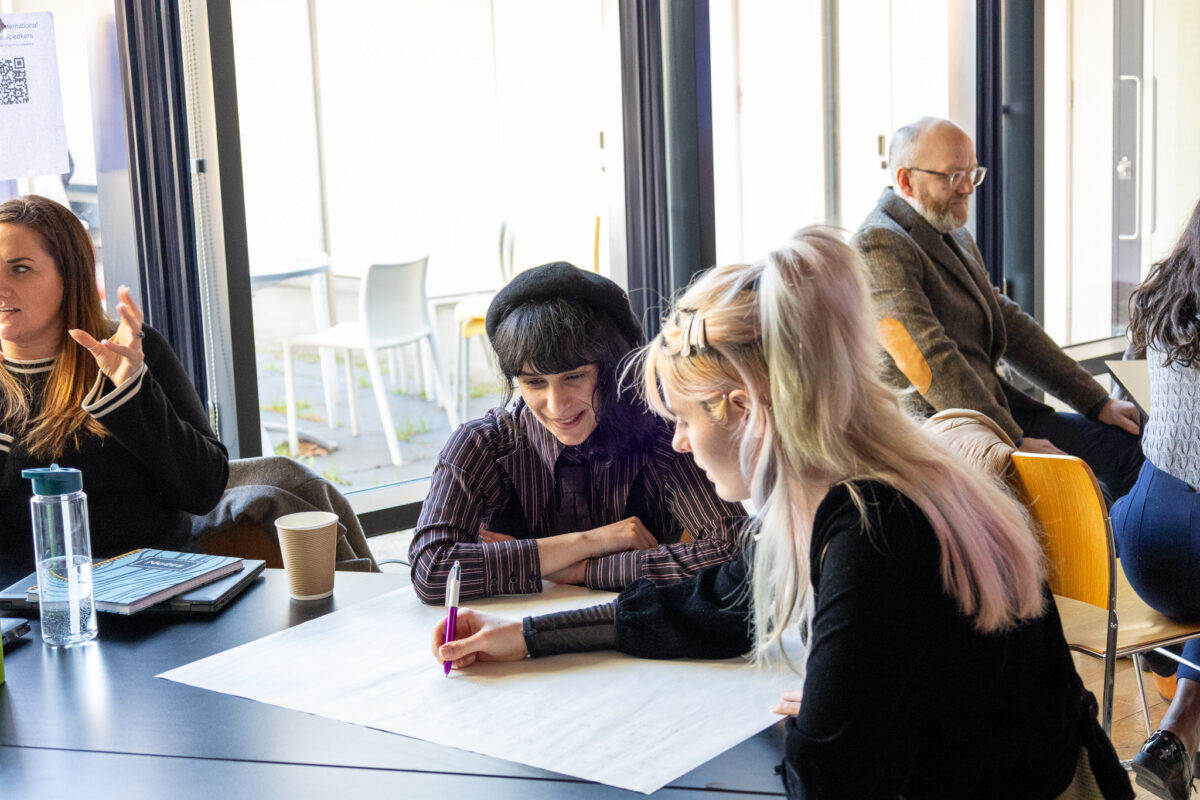Nurturing creative thinking skills: Empowering students for the digital world

In this article, Magda discusses the importance of nurturing creative thinking skills to empower students for the digital world. Encouraging creativity in the classroom fosters imagination, self-expression and problem-solving. By promoting creative thinking and real-world contexts in education, students can be prepared for future challenges and opportunities.
Did you know that children’s creativity and curiosity levels drop significantly between age 10 and 15? Creative thinking is a vital skill for young people to develop as early as possible. With creativity being one of the biggest drivers of innovation and progress, the ability to think critically, approach problems with a fresh perspective and innovate with purpose and meaning is not only beneficial in the pursuit of both arts and humanities subjects, but equally as important in computing technologies and STEM subjects.
The value of creative thinking in education
Recognising the value of creative thinking in education is crucial for fostering a dynamic and innovative learning environment. With creative thinking empowering students to explore new ideas, challenge conventional ideas, and develop unique solutions to complex problems, teachers who encourage creativity will not only set up students’ for further study and in their careers, but will also nurture their imagination and self-expression.
According to the OECD’s survey on Social and Emotional Skills, an education system should prepare students for “creating new value” by cultivating curiosity and creativity. Its recent study found interesting correlations between these skills and tendencies.
Students who identified as “highly creative” also tended to identify as being “eager to learn new things,” and have a broader tendency to open-mindedness. Creative pupils also scored highly on other emotional and social skills – all vital traits for the modern working world.
Creativity is therefore as important in computer science and chemistry as it is in English or History, and the widespread belief that children are either good at maths and science or arts and humanities, can be debunked. The tools to succeed in both arts and sciences are deeply interconnected.
The Role of Computational Thinking in Mathematics
The role of creativity does not stop in the pursuit of the arts, it is also vital in the field of mathematics.
The OECD’s PISA Mathematics assessment tests logical thinking and the ability to perform problem-solving tasks, relevant to mathematical and computational thinking. This creative skill set is identified as ‘the conceptual backbone of digital technologies.’ It identifies the ability to apply conceptual knowledge in a creative process as a key indicator of readiness to participate in the digital world.
It is therefore recognised that both creative and computational skills are vital for preparing young individuals for their future professional and personal lives. The world Economic Forum’s top 10 work skills for 2025 highlights the importance of these skills in navigating the evolving job market.
Teachers and educators: facilitating greater creativity and curiosity in the classroom
As the digital skills gap continues to widen, schools are increasingly encouraging the provision of computing education to equip students with the necessary skills to excel in an increasingly digital world. However, it is equally important to recognise the value of introducing and fostering computing education to enhance creative thinking skills as well.
Teaching computing education and encouraging computational thinking, provides children with the tools they need to enhance their creative thinking skills. By nurturing creative thinking alongside digital skills, students will be empowered to become innovative problem-solvers and active participants in shaping a better future for everyone.
Ensuring access to computing education for all
While there is growing emphasis on mathematics education until the age of 18, following Rishi Sunak’s proposal, there is a concerning lack of focus on preparing students from a young age, for the digital requirements of working and living in our increasingly technological world. Success in maths starts in the first years of school, through the primary and secondary years. Success in maths also doesn’t mean just more maths, it requires a commitment to resolve the current teacher shortage and teacher retention crisis. And this applies in computing, mathematics, science and all other subjects. Focus on this first and look to greater access to computing education to address the digital skills-gap.
To fully prepare students for the digital world, all children of school-age should have access to high-quality computing education from the early years and beyond key stage 3. This still isn’t happening. Given the importance of computing as a crucial component of modern general education, it is essential to equip children with the knowledge, confidence, and curiosity that they need to participate in and make contributions to an increasingly digital society. This is a journey that needs to start in the country’s classrooms.
By recognising the value of creative thinking, and fostering real-world contexts in education, we can prepare young individuals for the challenges and opportunities of the future.
By Magda Wood, Chief of Learning at Micro:bit Educational Foundation











Responses